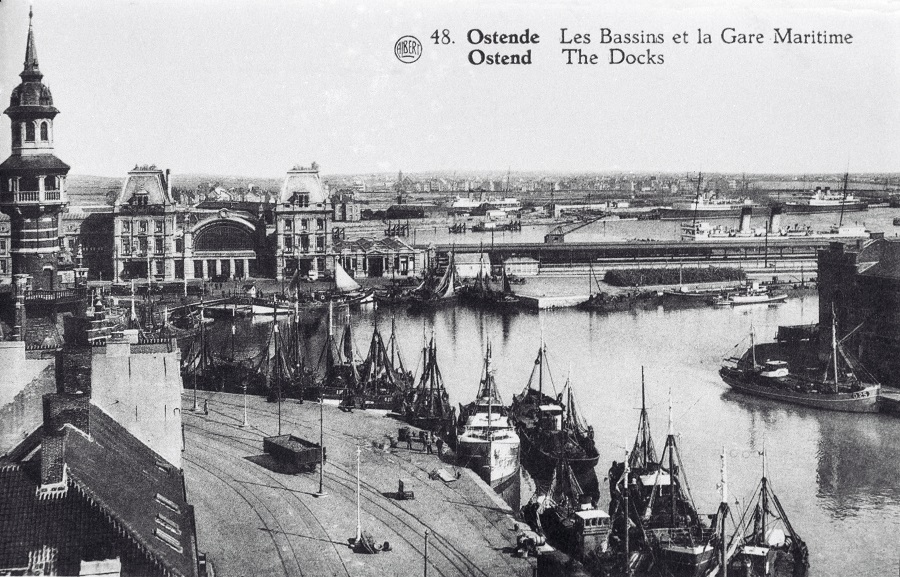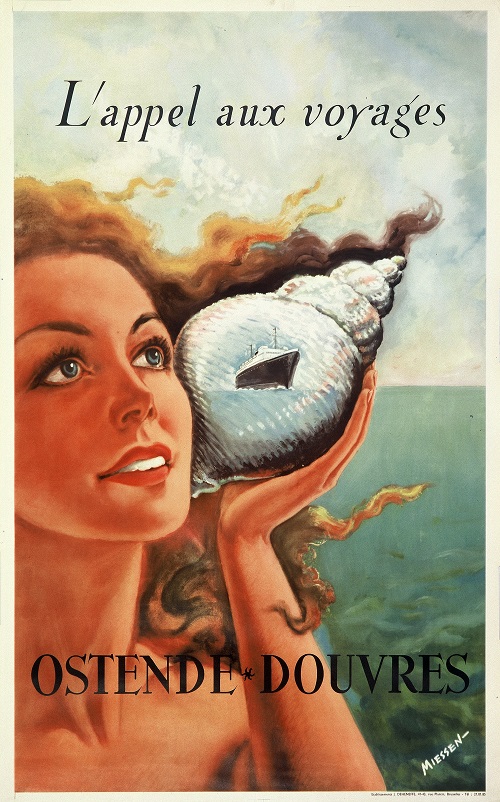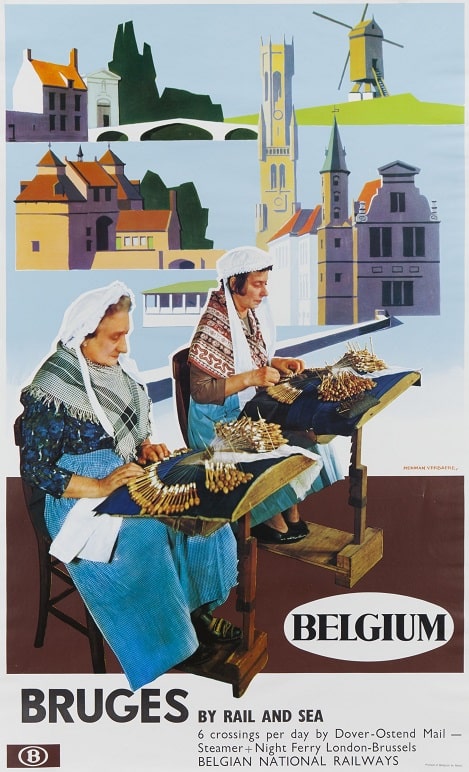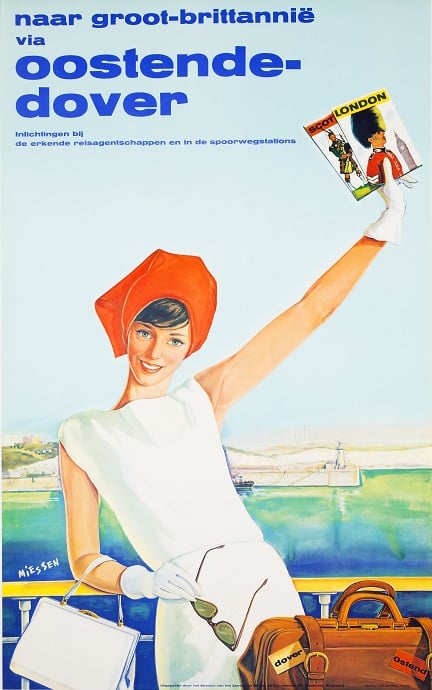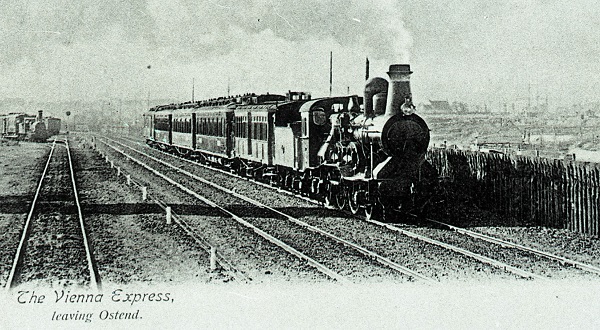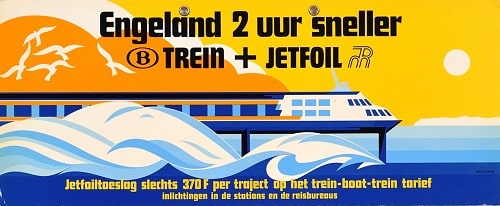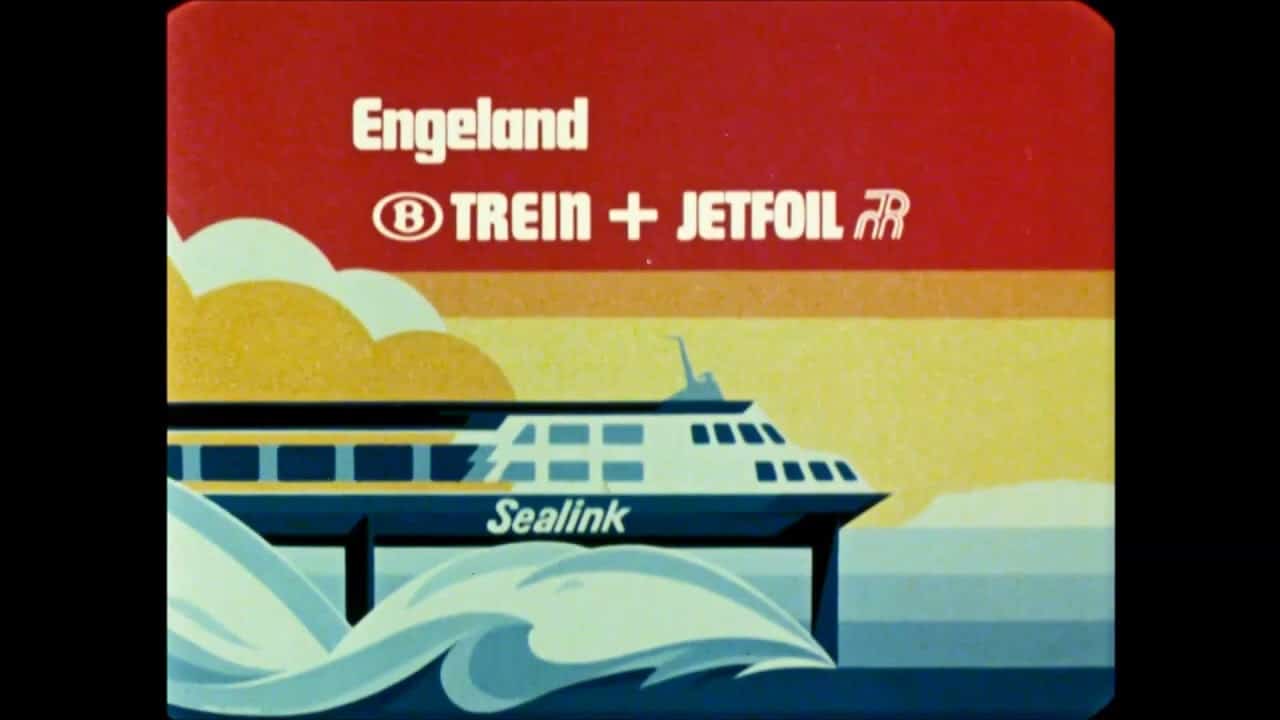It all began with postal communication. The first postal service between Belgium and England began on 8 April 1815 using British sailing ships. Once the railway line between Ostend and Brussels had been opened in 1838 and the Dover to London line in 1841, the Belgian government decided to set up a Belgian steamship service. The Law of 9 July 1845 established the organization of a daily service operated by the Belgian government and the building of Belgian-registered steamships. These ships sailed several times a day and connected directly with passenger trains at both Dover and Ostend. This enabled the postal service and passenger transport to be combined. On 5 February 1846 the decree regulating the steamship service between Ostend and Dover was published in the Belgian Official Journal. The first Belgian link between the Continental network and the UK was opened only 11 years after the first Belgian railway line between Brussels and Mechelen (5 May 1835). Obviously, this was to have a considerable effect on the economic expansion of the Belgian coastal area.
175th anniversary of the rail link between Brussels and London
1846 – 2021
The 175th anniversary of the rail link between Brussels and London, via a sea crossing between Ostend and Dover.
The first time …
The first steamer, initially called Chemin de Fer then renamed Diamant, was delivered in 1846 by an English firm. It derived its name from the fact that Belgium was the first country on the Continent to plan the development of the railways in the form of a network. Belgium considered that this sea crossing service complemented its railway network.
On Monday 3 March 1846, around noon, the VIPs invited to join the first departure of Chemin de Fer arrived from Brussels by special train. Chemin de Fer sailed for Dover on the next day, Tuesday 4 March, at 7 a.m. The passengers and VIPs disembarked at 12 noon. This first crossing had taken 4 hours and 58 minutes.
The Ostend - Dover packet: an invitation to travel
At first, the Belgian steamer sailed twice a week. During that first year, the number of passengers on the Ostend – Dover line soared to 12,698.
By 1863, the Belgians alone were operating four crossings a day.
Larger and faster boats were built to increase the number of daily crossings and cut travel times. By 1963, over 1.2 million passengers would be using the Ostend – Dover line.
At the same time, both the Belgian and British railways ran advertising campaigns for cultural tourist spots or seaside resorts.
International travel from Ostend
In 1894, a service known as the Ostend-Vienna-Express began to connect Ostend and Brussels to Vienna (Austria). In the summer of 1900, this line was linked up with the Orient Express, connecting Amsterdam to Bucharest via Cologne, Vienna and Budapest. Therefore the service became known as the Ostend-Vienna-Orient Express.
From 1896 to 1939, the Compagnie internationale des Wagons-Lits (CIWL) operated the Paris – Ostend – Liège – Berlin – St Petersburg service. It was known as the Nord-Express.
This train service will be established again in 1993 under the name Euronight.
A Pullman-Express service between Ostend and Cologne ran from 1929 to 1939. It took about 10 hours to connect Ostend and Cologne.
The TEE Saphir ran from 1957 to 1979 between Ostend, Brussels and Frankfurt, via a route formerly used by the Ostend – Cologne Pullman Express. It was included in the InterCity network in 1979. The EuroCity network was opened on 31 May 1987 and the Saphir was replaced with the EC Memling.
The JetFoil: an undoubted asset to the service
In 1981, as well as its traditional ferries, Belgium’s maritime transport company RMT began to operate Jetfoil passenger services. The JetFoil, a waterjet-propelled hydrofoil, was invented by Boeing.
This technology enabled RMT to cut the crossing time from 4 hours to 100 minutes. The JetFoils, for which an extra charge was payable, were popular with connecting railway passengers.
The 90s and the beginning of the end
After partnering with a number of companies (Sealink, Townsend Thoresen, P&O…), RMT changed its livery in 1990 and renamed itself RMT “Oostende-Dover”. In 1993, it joined forces with Sally Line, which decided to transfer its Dover terminal to Ramsgate. This marked the beginning of the end.
Just before its 150th anniversary, the Ostend – Dover service was discontinued. On Friday 31 December 1993 at 1.30 p.m., the ferry Prins Filip made the very last crossing from Ostend to Dover.
Why this sudden fall?
The answer to this question can be summarised in 2 words: Eurotunnel and Eurostar.
After the Eurotunnel and Eurostar were opened in 1994, the public’s interest in travelling to London via Ostend and Dover waned considerably. At first, ferry companies began to offer rock-bottom prices. In the beginning, it worked. Ferry travel was almost free, while Eurostar, with packed trains and high prices, fell victim to its own success, ensuring that ferries remained a popular choice.
Gradually, though, the appeal of Eurotunnel and Eurostar began to increase. The 35-minute crossing by car or coach via Eurotunnel and 20-minute crossing with Eurostar turned the all-railway option into serious competition.
As a result, the Belgian railways began to offer fewer trains with direct connections to ferry departures. Advertising for “train + boat” travel was dropped as people were no longer attracted by the idea. Even Thalys eventually discontinued its high-speed train between Ostend and Paris, which had opened in the late 1990s. The idea never caught on, to the point that the service was nicknamed the “Ghost Thalys”.
Ultimately, RMT was dissolved in March 1997, ending a very fine chapter of Belgium’s history.
